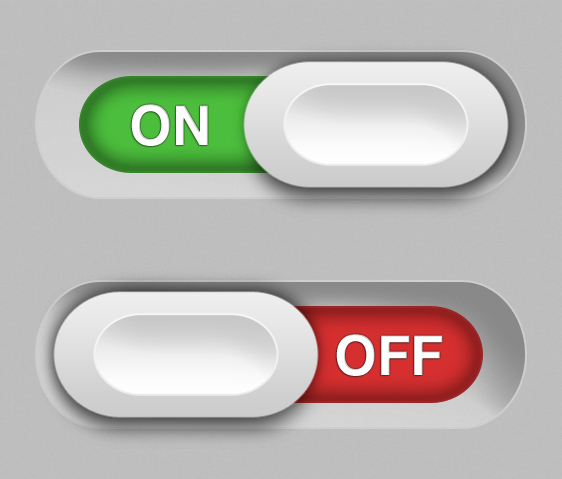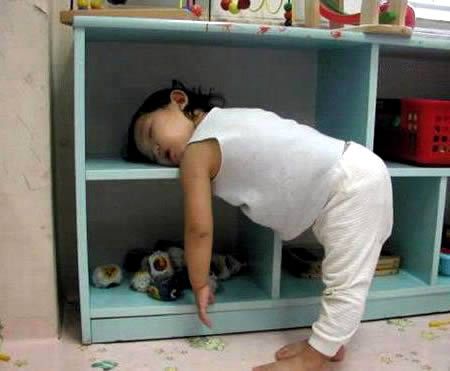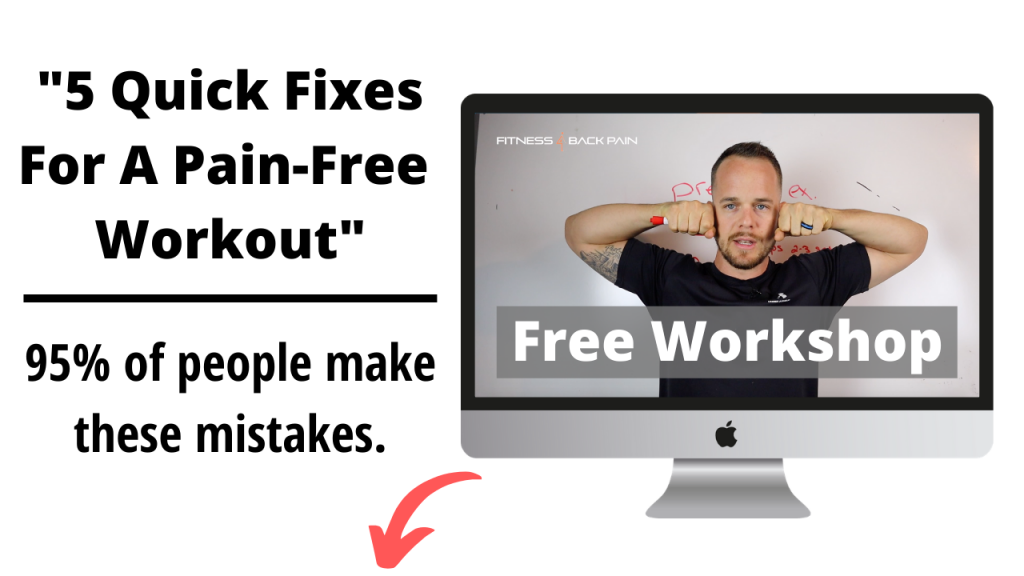We all want to be able to self-treat our aches and pains and for some, turn around and attempt to self-treat them. If I was wrong, there wouldn’t be thousands of symptoms being googled every day. The problem with some doctors is that they focus on what they are good at and that’s reading maps. They are good at throwing an MRI scan into a light box and pointing to your degenerative disc or your herniation and saying “I FOUND IT!” In your quest to self-treat your own back pain I want to give you 3 of the most critical things my doctor failed to teach me that could have changed the course of the past 6 years for me.
What I wish my doctor told me about self treating my back pain!
I couldn’t expect my doctor to flat out tell me how to self-treat my own back pain but man he would have saved me thousands of dollars and a lot of wasted time. To this day the only good that came from chasing doctors educated opinion was confirmation in my diagnosis. Sitting on that exam table with my MRI results listening to him go on about me not being able to workout anymore and how a medicated pain management program, shots, and surgery seem to be the next best thing, I had this feeling of “you’re becoming just another number”. You’re becoming another back pain statistic. It wasn’t a week later I remember walking out of class calling the doctors office and canceling my first cortisol shot. It was that day I committed to taking what I had been told and figure it out on my own.
Looking back on my journey of self-treating my back pain there a few things that I wish the list of doctors I saw would have told me. Today, I want to extend this list to you. I want to give you the exact information that I know causes so much frustration in thousands of back pain suffers. It’s what the medical industry is missing and doctors need to open their eyes and take the time to explain to the ones who they crush with life changing news like spine damage.
3 Truths to self-treating back pain my doctor never told me
I don’t care who you are or what reason you are suffering from back pain. The 1st step to successfully self-treating back pain is learning the ins and outs of your specific pain triggers and pain-free positions.
You can’t just go googling “how to relieve back pain”. Once in a blue moon, you find a gem like this one from Andrew Lock but it’s not typical. Even if you found this write up how o you know its any good? In my perfect world, every time back pain is searched there should be a drop down box under back pain where it makes you go through a series of other drop down boxes to really narrow down your search. The results you are going to get from googling “back pain” will be general information and lots of “cookie cutter” treatment plans. The problem with this is that the information you’re reading is not in YOUR best interest. This is why you have to become an expert at your own pain.

1 – Knowing your pain triggers?
Pain triggers are exactly what it sounds like. They are specific movements or postures you have that cause you pain. These triggers will be specific to you. Yes, a lot of back pain is very similar in their treatments but its key to be able to really understand what is going on and what causes you pain. If you don’t do this your doctor will ask you simple questions like “Where does it hurt?”. “Is it a dull ache or tingling type pain? As simple as those seem the average person doesn’t really think about that so you are put on the spot trying to decipher between what kind of pain you have. Odds are you will spout off something that probably wasn’t even an option he gave you.
The concept of learning your pain triggers is very simple. Make a list (ill have a really cool print off at the end of this post for you) and write down as many things on that list that cause you pain. Be specific with what you write down because it will help you connect patterns later. Don’t just write down the major things like when I bend over it hurts or my back hurts in the morning. Get as specific as you can.
For example:
- When I roll over in bed during the night I get this catching pain in my lower back. Like something is shifting when I move.
- In the morning my back feels like it’s been out of alignment all night and now it just aches.
- Getting up off the floor hurts when I go from laying down or sitting to standing.
- When I go to stretch in the morning and reach for the ceiling or slightly bend backward I get this crushing or pinching pain in my lower back.
- When I stand I feel like my lower back is clamping down or cramping up over time.
These are the types of notes you want to make. Not only are these super informative and specific but if you feel you need to see another specialist, you have a list of exactly what’s going on which (if you have a good physician) can use what you have done to better assess and treat your situation. If your more like me, this information is what you will use later as the foundation to yourself treatment plan for your back pain.

Then you have your pain free positions.
These are the positions you can get into that you know will bring relief. You want to pay close attention to these for two reasons.
1 – They allow for your mind to not focus so much on the “pain”. If you can get into a comfortable position it allows you to simply rest and shut off parts of your body that may have been active due to instability or over compensation habits.
2 – It helps put pieces of the puzzle together for you. A great example of this was with one of my coaching clients I recently have been working with. One of his pain-free positions was with a folded or rolled up towel under his pelvis when he slept. His reason for this was because he felt it would force his pelvis into a more posterior tilt which would bring relief. This among many other things is what we focused a little more time on. Come to find out he has a pretty significant Anterior Pelvic Tilt and when he would shift his pelvis back it would temporarily correct his APT issue.
Pay close attention to what brings relief for you. Typically it allows you to look closer at what could be the root cause of your pain. It also helps desensitize the area and promote healing. The more of this you can have the better.

2 – “The cause of your pain isn’t found at the source of your pain.”
The industry makes millions of dollars selling band-aids that promise instant and long lasting relief. The crazy thing is, we buy into it! We eat it up. If you stop to think about it for a minute, if you hated your back pain so much why do you try to self-treat it with something that will only just “buy you time?”. What is it about Icy Hot that says I am the cure for back pain? Seriously.
As people fighting the status quo and trying to beat back pain on our own, we have to be smarter than that. There is a place for “relief” tools but these will only and always be used for short term relief. That’s okay if you’re constantly working on the long term relief game plan as well. On top of that, products like creams, pills, ice and heat are treating the source of the pain but NOT the source of the problem.
It wasn’t until years after I started treating my own back pain when I learned more about root causes of pain and how they rarely can be found at the source of the pain. You can see a great example of how many different causes of “pain” there are here. Take a disc herniation for example. For some this herniation is bad enough to compress the sciatic nerve and cause lower back pain along with numbness traveling down the legs. A surgeon would tell you to cut the herniation out and the nerve pressure and pain will stop. What actually needs to be addressed is WHY the disc has herniated in the first place. It could be from your job, your sedentary life or your terrible movement mechanics doing odd jobs around the house. It doesn’t matter whether you’re in the gym moving around or at home lifting grocery bags onto the counter it’s all the same stuff. A good example of this idea is what Paul Ingraham touches on in his article 10 Surprising Causes of Pain.

An example from personal experience would be my chronic lower back tightness. The only way I can describe it is as if my lower back muscles never turned off. They were always “On” as in contracted and after hours of this, they would start to cramp. This was a daily thing that went on for well over a year. It wasn’t until I started addressing my posture that these muscles were able to release. My issue was the position of my head neck and shoulders. I stayed in this constantly flexed position looking at a screen (even though I was using a “standing desk”) which wouldn’t allow my lower back muscles to chill out. I addressed this posture issue and within weeks I was noticing less frequent flair ups. After addressing it at work I applied it in everything I did and the results have been amazing!
[tweetthis]”If your back hurts, poking around at the source may confirm the damage that’s been done but it won’t tell you what you’re doing that is causing the damage to begin with.”[/tweetthis]
3 – Your diagnosis isn’t a death sentence
“You won’t be able to workout without pain.”
“Your only options are pain management (medicated) or surgery.”
“There really isn’t anything you can do, the damage is already done”
Do any of these statements resonate with you? That’s what I was told 7 years ago by the most respected spine doctor in my area. Those were literally some of the worst years of my life. Everything thought either begin or end on with my back pain in mind. It consumed everything I did. people who don’t battle with chronic pain have NO IDEA what it’s like. Everything is totally fine on the outside but on the inside you are constantly having a conversation with yourself about some aspect of what is happening with your back. You want to talk about multitasking have a conversation with someone who is dealing with chronic pain!
Eventually, I started jumping on the industry bandwagon and experimented with creams, alternative medicine like chiropractors both traditional and “sports” chiro’s. I was treated by a couple PT’s who honestly got me started on the right foot but did a terrible job teaching me anything about what was going on. I did a bunch of stretches and even dumped a few hundred dollars into some Traction sessions which seemed to just make the pain worse. After it was all said and done, not much seemed to work in the grand scheme of things.

I remember my doctor telling me that I was going to have to start cutting back on certain things now that I have this damage. I took that very literally. Instead of looking at why that certain movement hurt I just didn’t do it. I stopped running, I stopped training and cut back on as much as I could that caused discomfort or pain and limited my life to not much at all. All because of the fear my doctor instilled in me the day he told me what was going on. Going from deadlifting over 2 1/2x my body weight to nothing all because I thought my spine couldn’t handle it. After all, it was broken right?…
The thing about living this way is that you can’t keep limiting your life to the point of nothing. Eventually, you will run out of things to throw out or stop. Eventually, you will have to face the music and look yourself in the mirror and make a change. Nobody can guarantee you will be 100% pain-free but for anyone dealing with chronic pain you know any percentage better than what you have been is a win. You take your wins and you continue to work until you reach the next win. That’s my motto for anyone looking for LONG TERM relief. You show me one quick fix that gives you long term relief and I’ll sell everything i own and invest my money in that one thing. I say that because I know it will never happen.
Before any self-treatment can begin you have to throw out the lie that your spine is made of glass and your pain is proof.
That will get you nowhere and will leave you at the mercy of you pain management doctor and trusted surgeon.
Final Thoughts
I don’t want you to think that I’m trying to sell you on this lie that 100% of back pain is self-treatable. There is always a small percentage of people who have some major issues going from massive accidents to birth defects which need the care of a specialist but for the majority of people who are reading this, you CAN self-treat your pain. If your doctor has cleared you for exercise and is putting you on some medicated management program you need to understand that that is when you need to start figuring out your own pain journey. Start researching and reading. Educate yourself. Find a coach you trust that shares the same passion for doing things naturally. You can even get your doctor involved with your own management program. Bring him what you find through research have him make sense of things. I have even had clients bring my work to their own specialists to confirm what I am saying.
Never ever decide to just simply live with it.
Don’t forget to pick up this weeks free gift! This is the exact template I created for myself when I was working through my own back issues. Still to this day I reference this if I ever get into a flair up. These gifts are no strings attached! Just click and print.

Talk to you soon,
William


Interesting write up here.